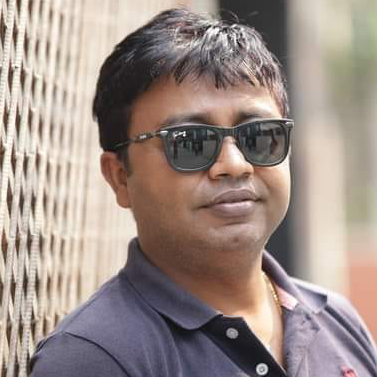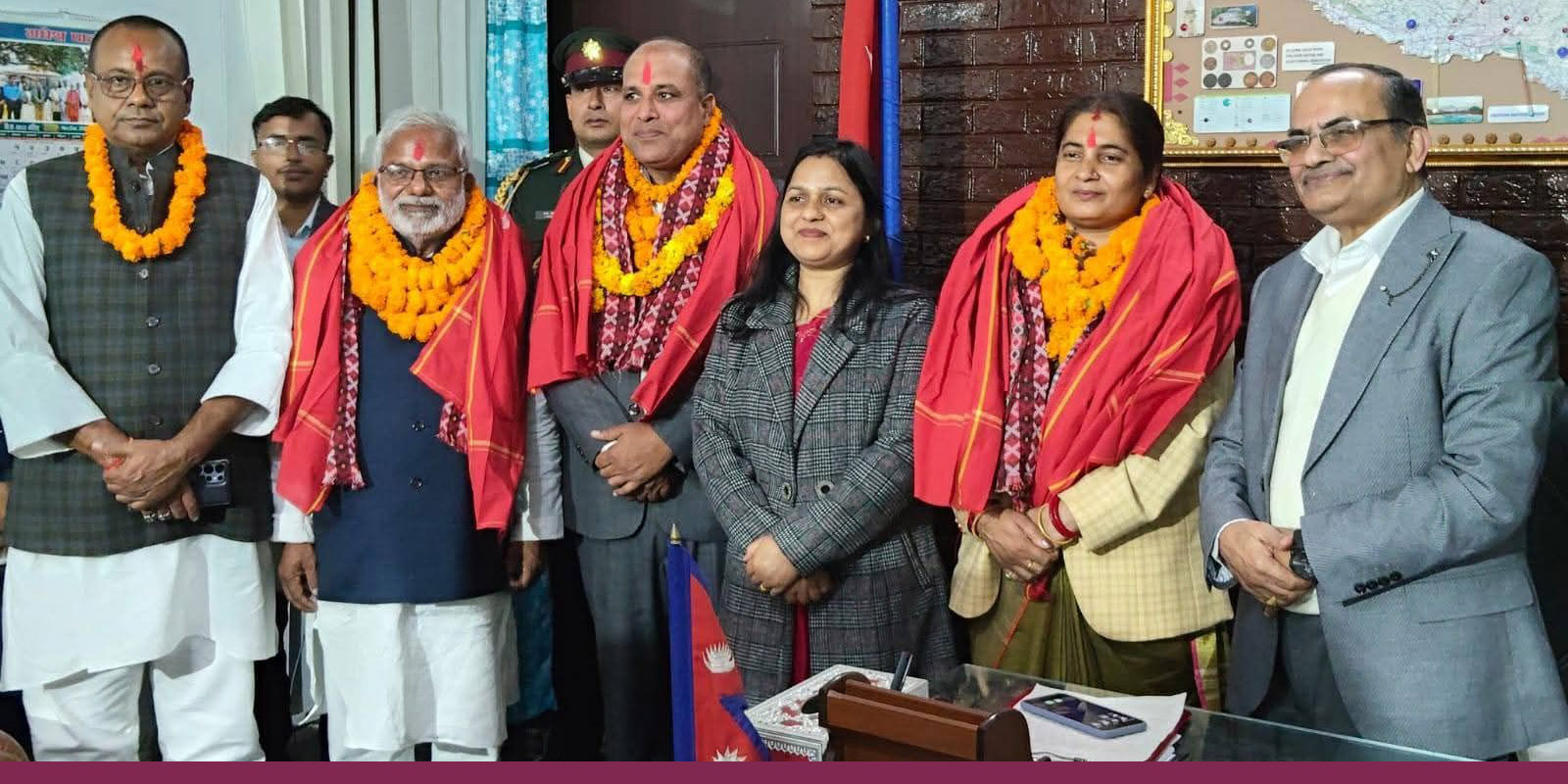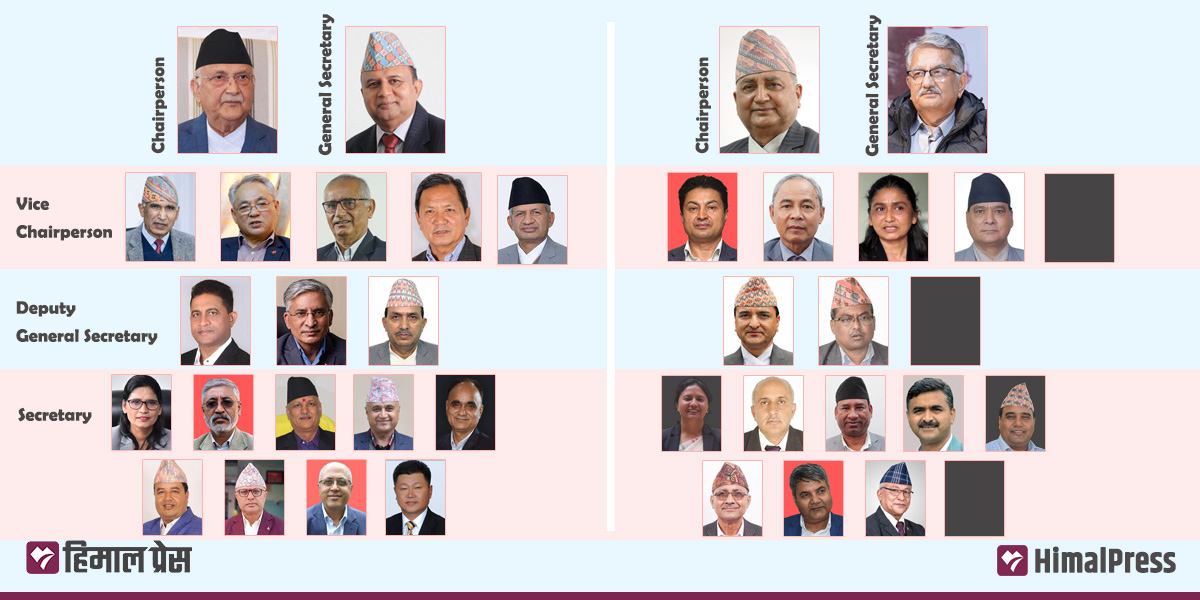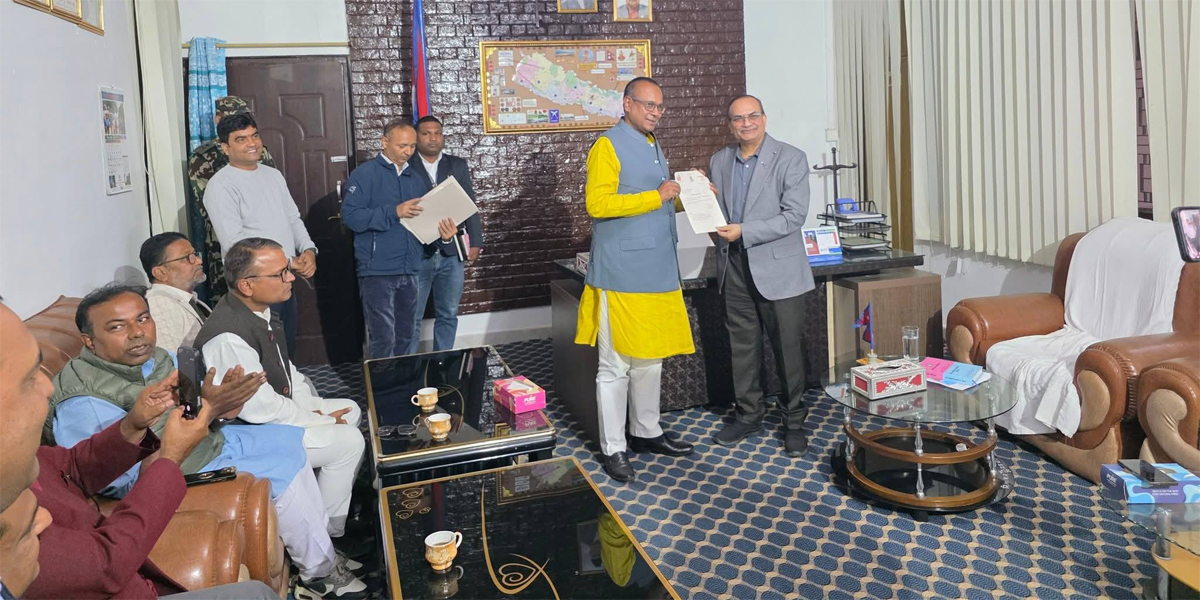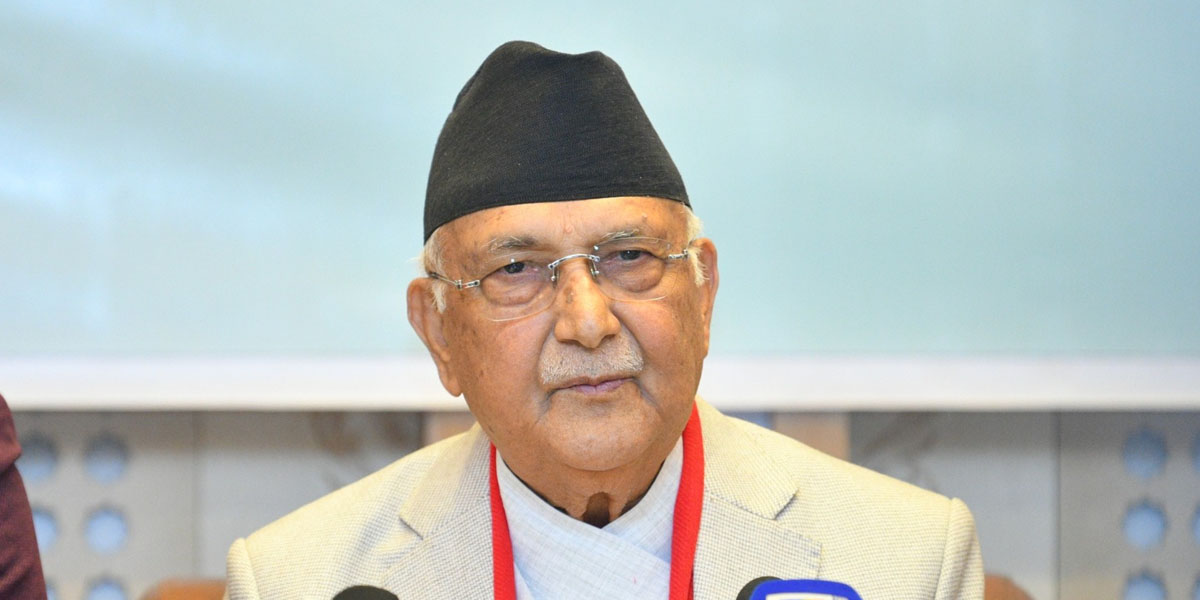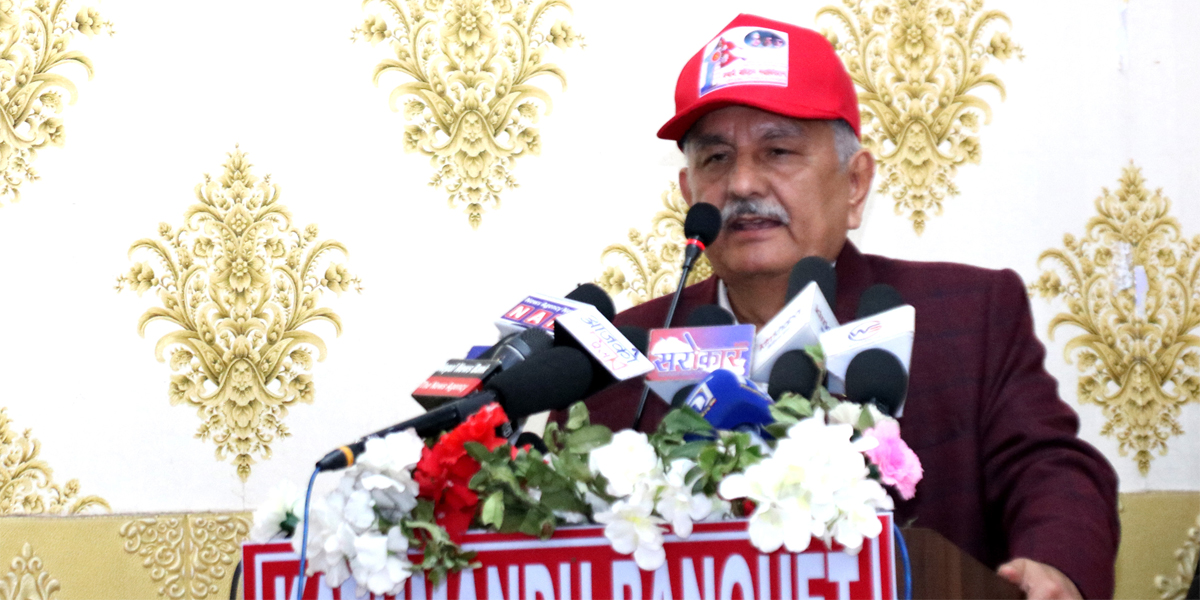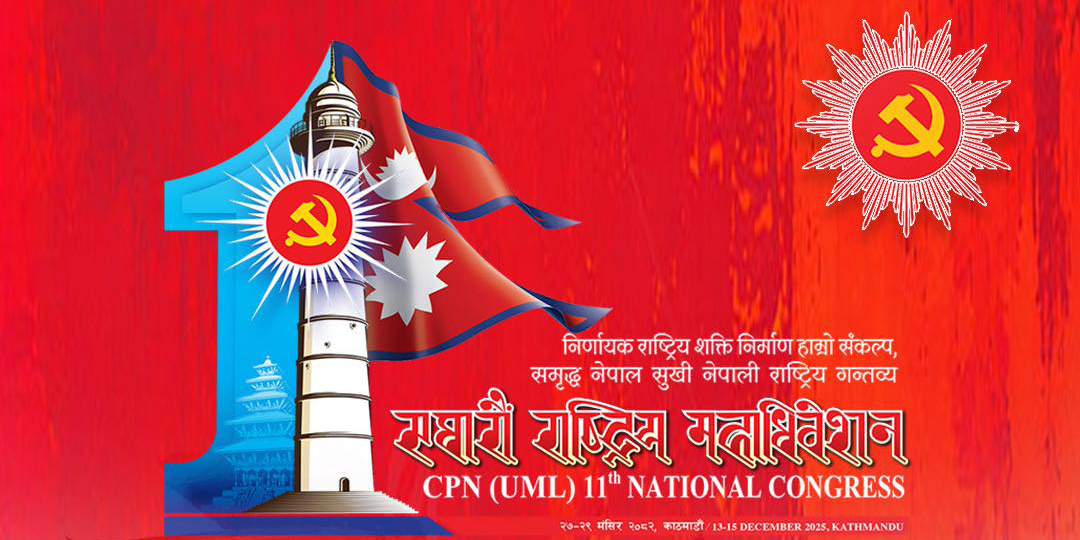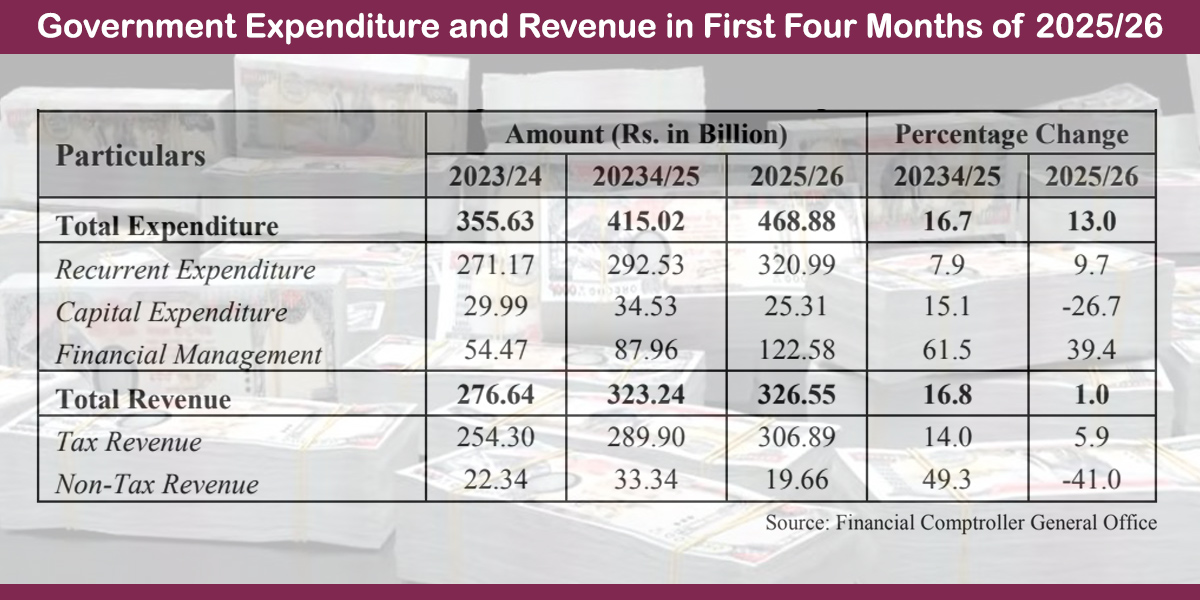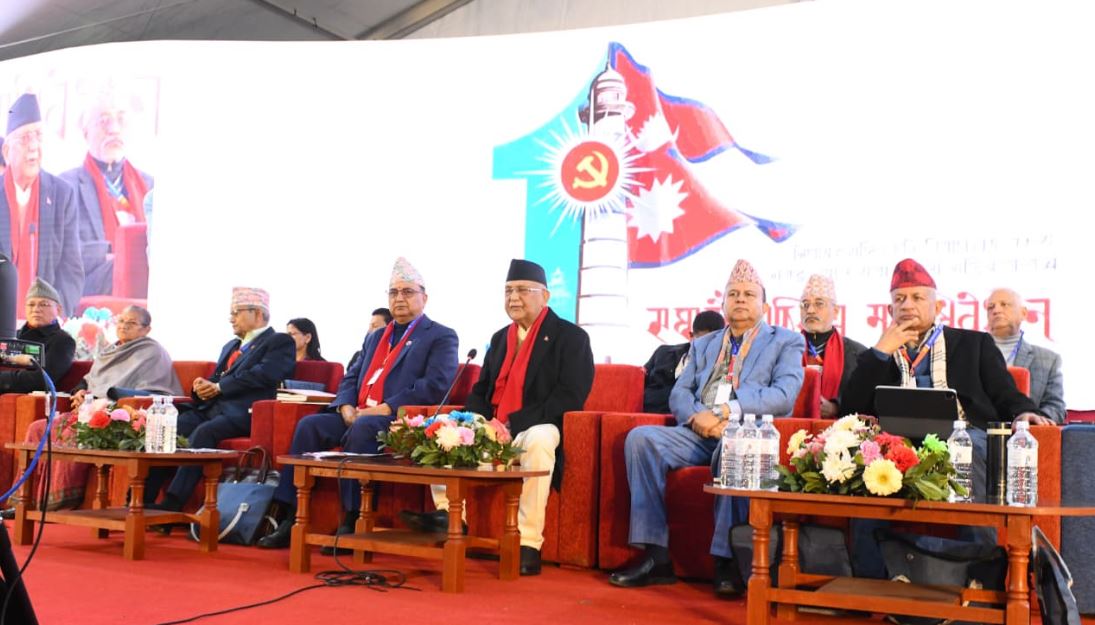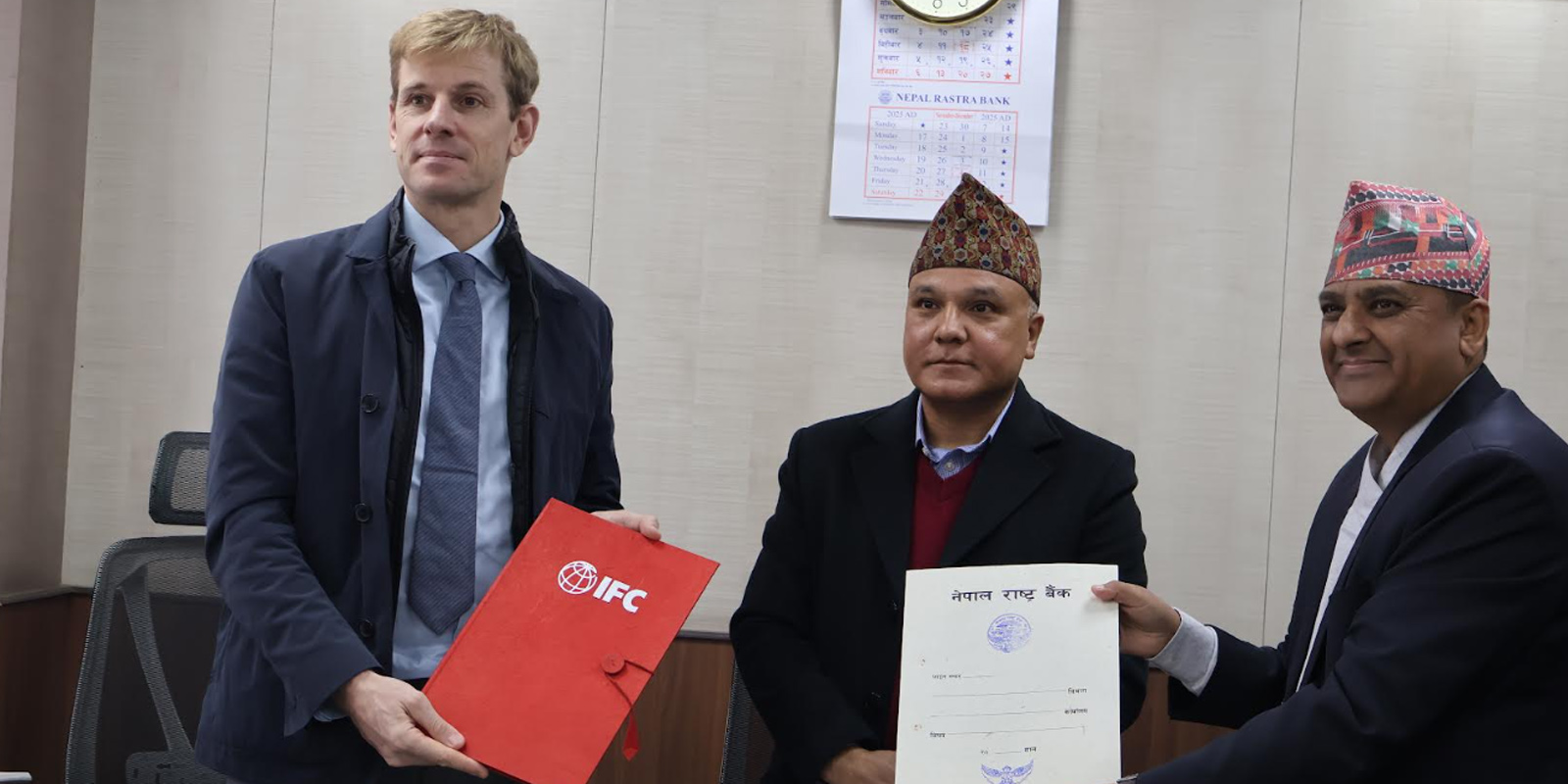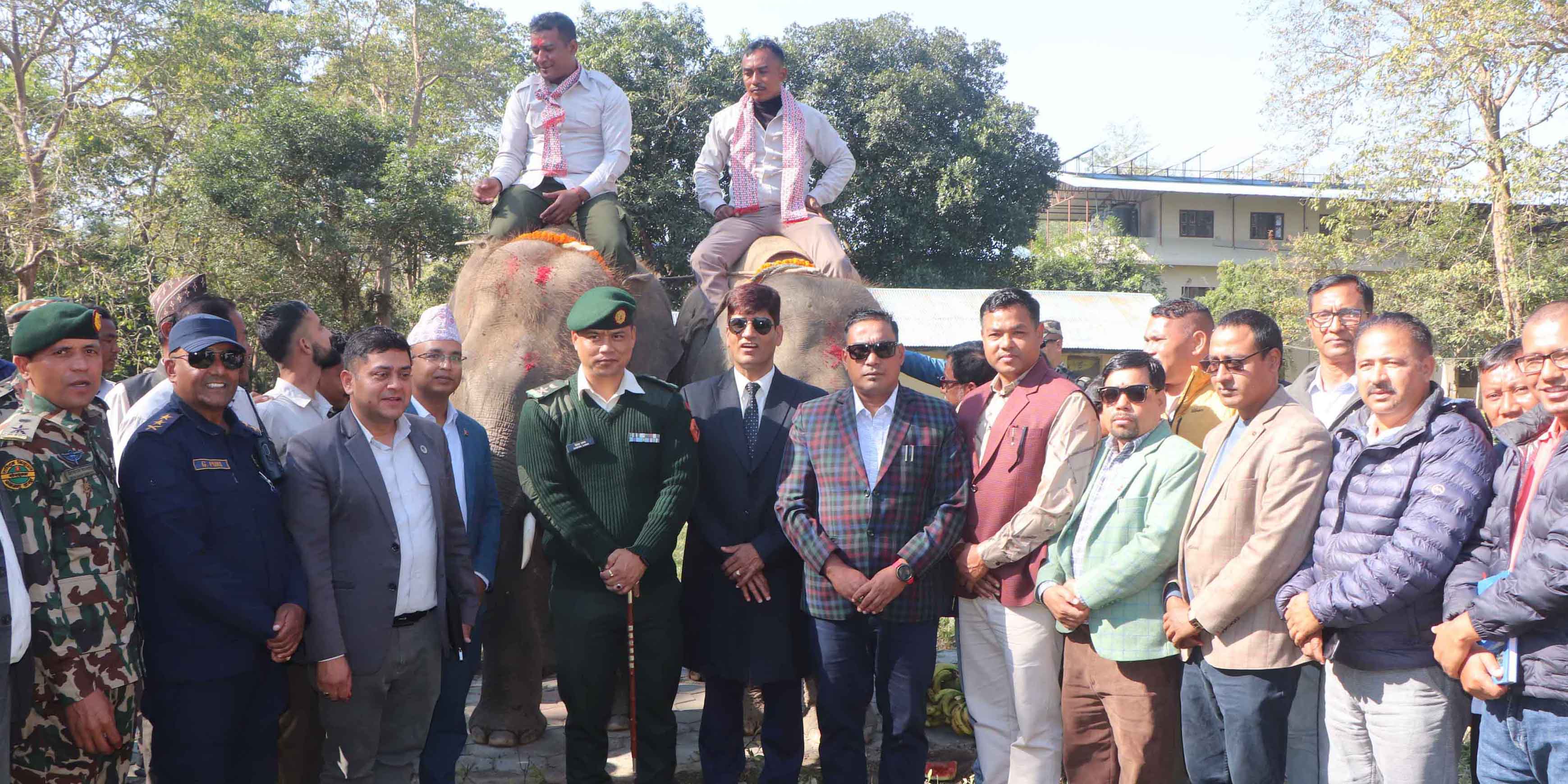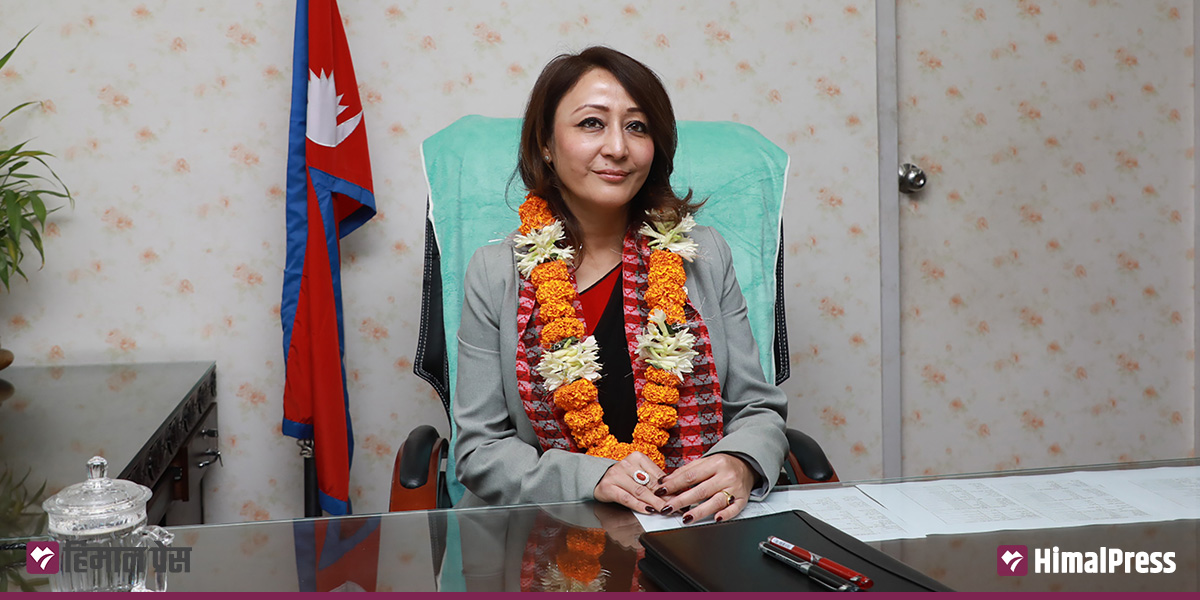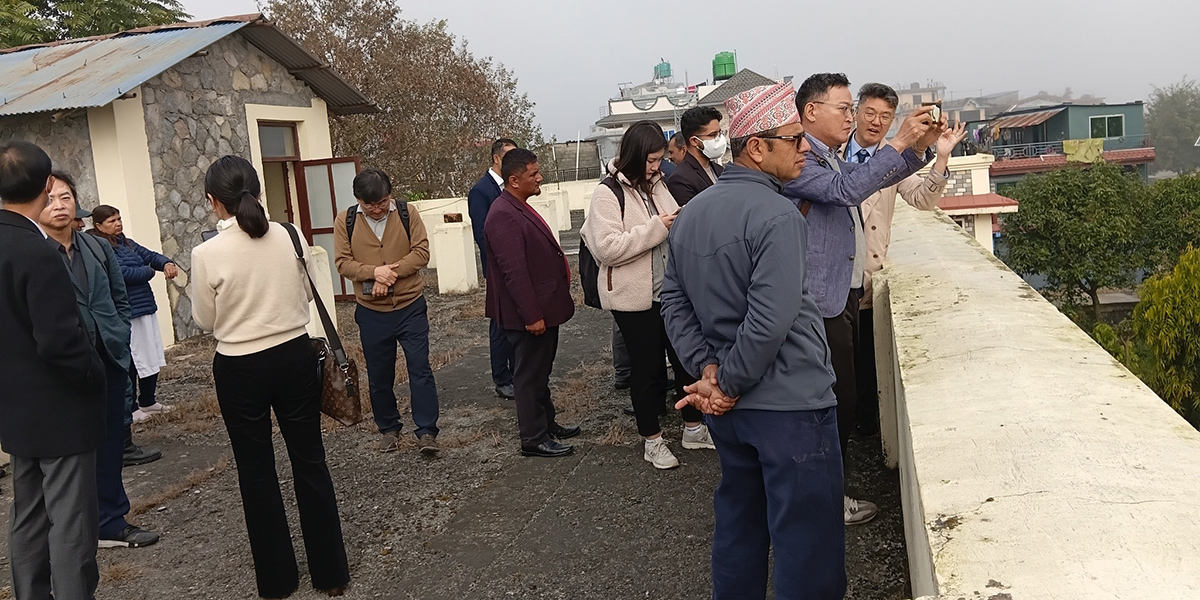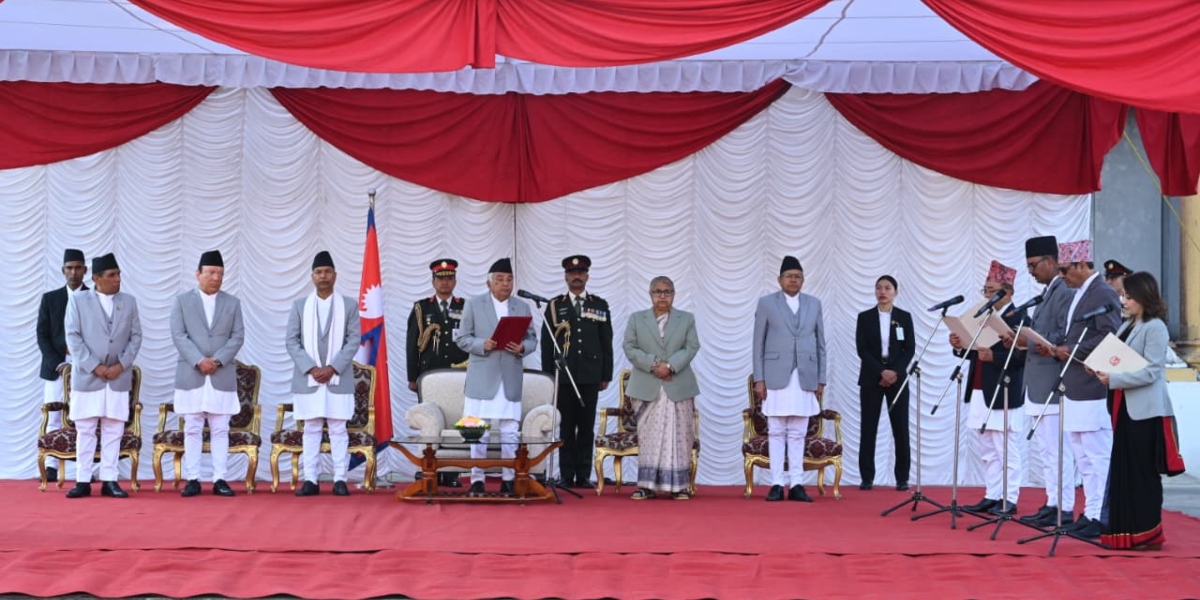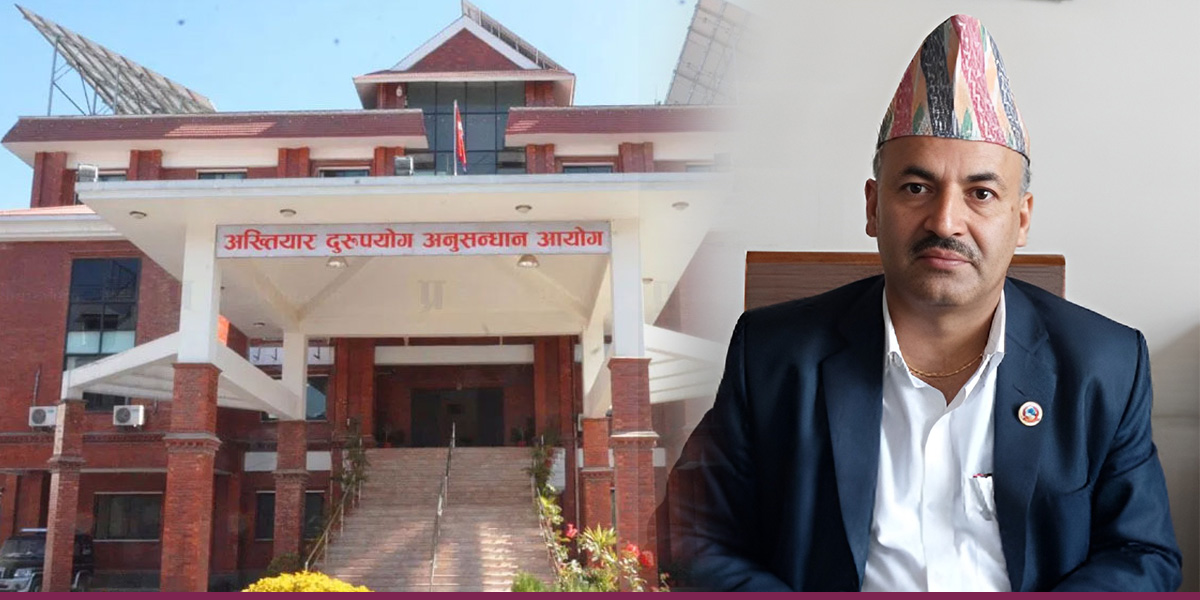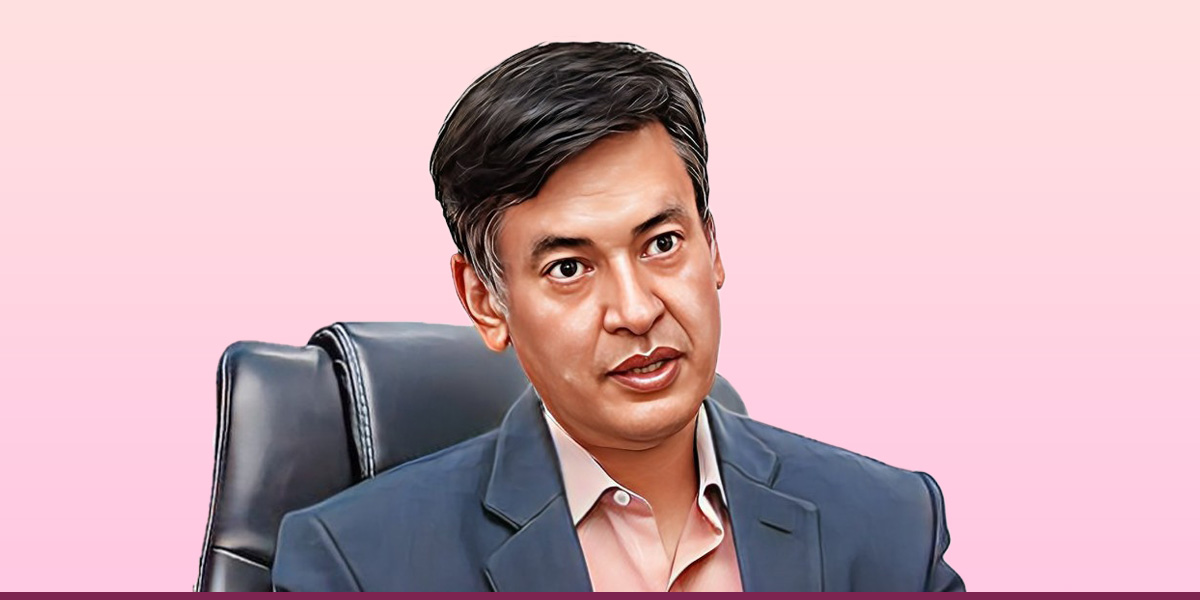
KATHMANDU: A nearly one-hour discussion took place on Monday afternoon at Singha Durbar among Prime Minister and CPN-UML Chairperson KP Sharma Oli, Nepali Congress (NC) President Sher Bahadur Deuba and CPN (Maoist Centre) Chairperson and the leader of the main opposition party Pushpa Kamal.
Speaking to journalists after the meeting, Prime Minister Oli’s expert advisor Agni Kharel informed that an agreement was reached to move forward with forming a search committee to appoint the chairpersons and members of two transitional justice bodies—the Commission of Investigation on Enforced Disappeared Persons and the Truth and Reconciliation Commission. The same topic was also reported in the media. Until that point, Maoist Centre Chairperson Dahal had no inkling that Kulman Ghising, the Managing Director of the Nepal Electricity Authority (NEA), was about to be sacked.
A cabinet meeting held the same evening sacked Ghising. The cabinet not only dismissed him, despite a few months remaining in his tenure, but also decided to appoint Hitendra Dev Shakya as the new chief of NEA.
Prime Minister Oli and Minister for Energy, Water Resources and Irrigation Deepak Khadka had been persistently trying to oust Ghising. After Oli assumed the Prime Minister’s chair with the support of the NC, Kulman had consistently been a target. Whether it was the controversy over trunk line and dedicated line tariff or the issue of cutting power to industries, Ghising repeatedly found himself caught between Oli and Khadka. Ghising’s tenure was set to end on August 9. The haste shown by Oli and Khadka in replacing the NEA Managing Director made it clear that Ghising had fallen victim to their ego.
Sacked by Deuba, returned with Deuba’s support
After Ghising’s first term ended, the Oli-led government appointed Hitendra Dev Shakya as NEA’s Managing Director on February 9, 2021. At that time, Oli was leading a government led by the Nepal Communist Party (NCP) formed with the merger of UML and Maoist Center. Although there was widespread public pressure to reappoint Ghising, Oli stood firm and appointed Shakya. As tensions grew within the Nepal Communist Party (NCP) with Dahal, Oli dissolved the parliament for the first time on December 20, 2020 and announced elections. The apex court later overturned his decision, terming it unconstitutional.
Disputes were heightening between Oli and Dahal over the activities of the government and the party following Oli’s decision to dissolve parliament. On March 7, the apex court revived CPN-UML and Maoist Center, ending the journey of the NCP that began with the merger of the two parties in 2018.
Later, on May 22, 2021, Oli dissolved parliament for the second time. The Supreme Court declared Oli’s move unconstitutional again and issued a mandamus order to appoint NC President Deuba as Prime Minister. After the government changed, Shakya was transferred to the Water and Energy Commission, and Ghising was reappointed as NEA’s Managing Director for a second term on the Maoist Centre’s recommendation on August 11.
Challenging the government’s decision to remove him, Shakya filed a writ petition at the Supreme Court in August 2021. He attended court hearings over two dozen times, with the bench scheduled 13 times, but the hearing kept getting postponed for various reasons. Before the apex court could announce its verdict, Shakya retired on February 11, rendering the writ’s purpose moot.
The same Shakya has now been reappointed as NEA’s Managing Director. Deuba, who sacked him as the Prime Minister, has now supported Oli for Shakya’s reappointment.
Although NC General Secretaries Gagan Thapa and Bishwa Prakash Sharma have opposed the government’s decision to remove Ghising, Deuba, along with Energy Minister Deepak Khadka and Foreign Minister Arzu Rana Deuba, and others, support Shakya’s reappointment.
Khadka-Ghising Conflict
Insiders say that although the government sacked Ghising from his position as NEA Managing Director on Monday, the groundwork for this had already been laid earlier. Many say the dedicated and trunk line dispute was escalated, driven by the government’s intent to remove Ghising
Speaking at a National Assembly meeting on March 19, Energy Minister Khadka argued that load-shedding persisted during evening hours and urged people not to call Ghising the hero of a brighter Nepal. Khadka claimed that the apparent end to load-shedding was due to increased power generation by the private sector and electricity imports from India, not Ghising’s efforts. He also dismissed Kulman’s claims about NEA’s profits as baseless.
The dedicated and trunk line controversy and the issue of collecting dues had sparked a conflict between the energy ministry and the NEA. When the NEA cut power lines to industries with outstanding dues, Prime Minister Oli directly intervened, ordering their immediate reconnection. Similarly, Energy Minister Khadka insisted that industrial power lines should not be cut under any circumstances.
Unable to stop Ghising from disconnecting lines, the cabinet meeting on November 10 ordered reconnection within 24 hours and decided to form a committee to investigate billing issues. Following this decision, on November 17, the ministry formed an inquiry committee led by Arvind Kumar Mishra. However, Ghising deemed the committee “illegal” and refused to provide data.
Khadka proposed at an NEA board meeting that the committee be provided with salaries and benefits, but Ghising disagreed, writing a “note of dissent”. This escalated the conflict between Khadka and Kulman to its peak. Frustrated that a subordinate employee was defying his orders, Khadka, driven by ego, resolved to remove Kulman at any cost. On January 6, Khadka abruptly demanded a seven-day explanation from Ghising, asking, “Why should you not be removed from your post?”
The energy ministry issued a second 24-hour clarification demand on February 25. In his reply, Kulman argued that since he was appointed by the cabinet, he could not be removed from his post. After this response, Khadka pushed through a cabinet decision and demanded a third clarification on March 6.
Citing Ghising’s failure to provide satisfactory responses to repeated clarifications, the government decided to sack him from his position as NEA Managing Director.

